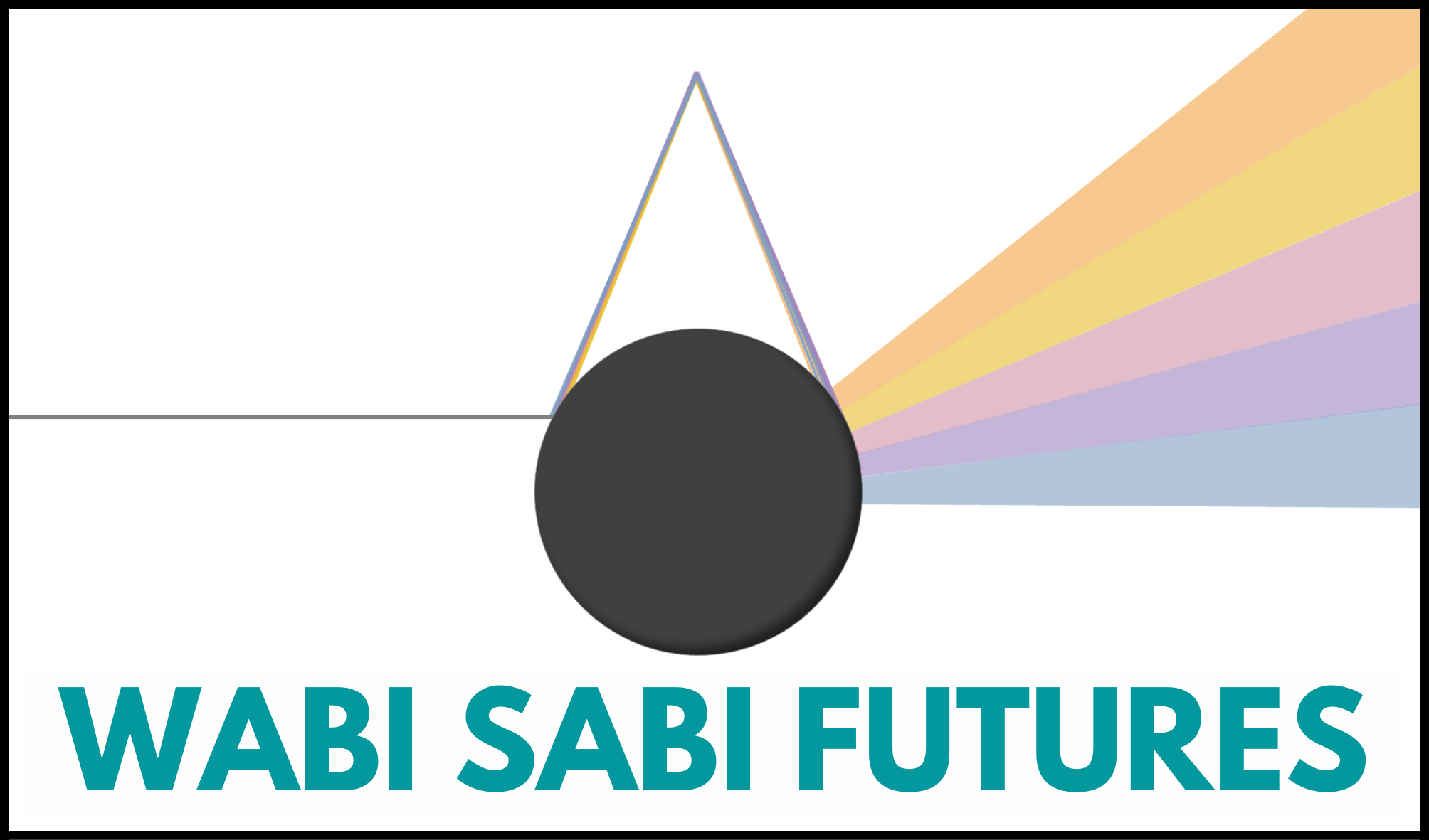When I signed up for the Masters in Strategic Foresight, I had no idea what I was getting myself into.
The course was jam-packed with brain-curling ideas that changed who I am, the way I work, and how I understand the future.
These are the ideas that first got me hooked.
Any useful idea about the future should appear ridiculous
Jim Dator’s 2nd Law of the future is so powerful.
In a culture where it is important to be certain, to know, to be expert. We get trapped by clinging to the projected future. We double down on where we think we are headed and don’t create space to consider what other options are available.
It’s extremely liberating to lean into uncertainty, go to the edges, and play with the preposterous. This is where interesting ideas live.
The future shapes the present as much as the past
We all know that what happened in the past shapes the present.
What’s less obvious is that our images of the future also shape the present. Every decision you make, every action (and inaction) is shaped by what you anticipate the future to be. This often happens individually and at a subconscious level.
Foresight gave me tools to move this process from being implicit to explicit, and from individual to collective.
The future doesn’t exist
More specifically, ‘the future’ doesn’t exist.
There is no fixed, official future that is destined to happen. Rather than a single line forward, the future is more like a spectrum of possibility that widens the further out we go. The future is something that emerges, and something we can shape.
This is why futurists often talk about futures as a plural – to acknowledge the multitude of options that extend from the present moment.
With these ideas seeded, you more easily spot unintended consequences, unspoken assumptions, and ask better questions.
